Bourgogne V: Gevrey-Chambertin - Domaine Drouhin - Laroze
- Paolo Mittiga

- Jul 4, 2019
- 6 min read
Updated: Dec 4, 2020

Happy 4th of July. As I write this part of the trip in Bourgogne, the preparation of this great American Holiday is in full swing.
After we left Aloxe-Corton , in 15 minutes through the beautiful countryside we entered Gevrey-Chambertin. One of the most iconic town in Côte de Nuit.
Gevrey-Chambertin is where Bourgogne's Elysian Fields begin. At the entrance to the hollowed hill of Lavaux, a chateau - once a property of the monks of Cluny - resembles a fortified wine-cellar. The canons of Langres, too, were for a long time guardians of these vineyards which can be dated back to the year 640 AD, evidence of a long and intimate involvement in the history of Bourgogne's wine industry. Gevrey-Chambertin forms a kind of guard of honour to a set of fabulous Grands Crus whose crown jewels are Chambertin and Clos de Bèze. The appellation dates from September 1936. The village of Brochon is an extension of Gevrey-Chambertin, sharing the same characteristics. The Pinot Noir is at its peak performance here.
If you are only passing by, visit the wine cellars. If you are stopping off, the Rotisserie du Chambertin is a must: the smiling host is also a winemaker and an excellent cook; the setting is an ancient house protected by old vaults. If you are staying here, there are many hotels to choose from. Brochon can be easily reached across the Castle vineyards; the first Hautes-Cotes can be discovered across the coombe of Lavaux. The warm memory of Gaston Roupnel (1872-1946) can be found in the Place des Marronniers in the village centre, where he lived. He was the first historian of the French countryside, the novelist of the people of the vineyards and wines, the immortal originator of a delicious recipe «potée» (a typical dish"based on boiled meat and vegetable, often using pork).
In Gevrey-Chambertin, archaeological digs found Gallo-Roman vines dating back to the 1st Century BC. The outline of 120 vine stocks was discovered in 2008, during the expansion of a residential development that was updating 300 septic tanks all lined up in an area of 6 km2. This archaeological discovery corroborates with texts written by Pliny the Elderand Columella, making it credible that the Gallo-Roman vines in Gevrey-Chambertin were the first vines to be planted in Bourgogne. The vines were planted in rows, just as they would be today, but the choice of land used and its exposure were quite different: the Gallo-Roman vines were planted on plains, as opposed to the terraces that most of today's Côtes de Nuits is grown on. Furthermore, wines made from these vines would have had a different taste, notably because the Gallo-Romans added spices as preservatives.
The Soil
The Premiers Crus occupy the upper portion of the Cote at heights of between 280 and 380 metres (brown limestone soils, rather shallow). Below are the appellation Village vines on brown calcic or limey soils. The vines also reap the benefit of marls covered with screes and red silt washed down from the plateau. These stony mixtures confer elegance and delicacy on the wine while the clayey marls which contain rich deposits of fossil shell-fish, add body and firmness. Exposure varies from east to south-east.
Its Wines
Appellation Village of the Côte de Nuits région (Côte-d'Or).
This appellation includes 26 Premiers Crus Climats.
Producing communes; Gevrey-Chambertin, Brochon.
The commune of Gevrey-Chambertin also produces 9 appellations Grands Crus
On the label, the appellations GEVREY-CHAMBERTIN and GEVREYCHAMBERTIN PREMIER CRU may be followed by the name of the Climat of origin.
The wines tasting notes.
In the first flush of youth their color is a bright ruby, turning to deep carmine or dark cerise with age. Strawberry, mulberry, violet, mignonette, and rose alt help to make up their bouquet of spontaneous aromas. More maturity brings out liquorices, leather and fur, with gamey notes and hints of underbrush. On the palate, they impress by their firm structure, velvety tannins and delicate texture. These wines are everything a great Bourgogne should be: fullbodied, powerful, rich, and meaty. They have both body and spirit. Pleasant when drunk young "on the fruit", they are nevertheless first and foremost wines for aging, often for long periods. As such, they make an excellent basis for comparing different vintages.
Massive, yet velvet-smooth, the tannins of Gevrey-Chambertin confer power and solidify to the build and contribute to its great longevity. This is a wine for meat-eater, its gamey notes giving it a particular affinity for game, whether furred or feathered, especially when the wine is more fully evolved. (it also goes superbly with rib steak, lamb (braised or in brown sauce), and all musky, solidly fìbrous meats, that need time in the mouth to extract all their savour. Some gourmets will even serve it with a fillet of pikeperch or tuna in red-wine sauce. It is at ease with all strong cow-milk cheeses, in particular Époisses, Ami du Chambertin (a local specialty) or Cìteaux (a near neighbour).
Domain Drouhin Laroze

Finally we made to our 11:45 appointment at Domain Drouhim Larose, right in the center of Gevrey-Chamberti. A large gate announced that the propriety inside would have been beautiful and large.
In 1850, Jean-Baptiste LAROZE started a vineyard operation in Gevrey Chambertin.
He was later succeeded by Félix LAROZE.
In 1919, Suzanne, the daughter of Félix, married Alexandre DROUHIN, who owned vines in Chambolle Musigny and the estate was henceforth called Drouhin-Laroze.
It is now run by Philippe and Christine Drouhin.
Christine Drouhin herself welcomed us. A very elegant attractive woman with blonde hair in her fifties and a perfect English, with a noticeable French accent.
Christine walked us through the winery and spent long time on the fascinating history of the husband family.
Each generation of the family has continued to develop the Estate with the sole objective of investing in hillside vineyards, which was a visionary and risky choice.
The bet paid off and today, thanks to the sacrifices and risk-taking of the previous generations:
The 11.50 hectare Estate is one of the most prestigious in terms of diversity, quality and the surface area of its appellations.
The estate produces many wines from Gran Crus to Premier Crus to Village and Generic:
Grand Cru
Premier Cru
Appellation Village
This Domain is not the same as Joseph Drouhin that I was going to visit the day after in Beaune; but rather a distant relative from an old generation.
She welcomes the guests and in her offering is an amazing lunch prepared by her and the daughter; made of local delicacies with also the choice to purchase some of their wines to pair with the amazing food. The Lunch was served by herself in a beautiful enclosed terrace right near the vineyards that produce Generic Bourgogne wines.
As we were living the sky got cloudy with the threat of rain , but it also offered some break from the intense heat from the prior days. It was 4 pm when we left ... already a long day but Dijon was only 12 miles north why not to visit it?
DIJON
An enigmatic town, attractive and reserved. A tovm it takes time to learn to love. For twelve centuries Dijon was a cheerful, rural capital of no more than 20.000 inhabitants. Today it is the centre of an economic agglomerate of 230.000 inhabitants. The XIX century' should have harmonized the valuable acquisitions of the past with the modern-day developments. Unfortunately, mediocre local council administrations were not able to make this combination. The medieval and classical historic centre, the original meeting place of the valleys, the spirit of the town marked by a shadowy particularism were denied: for example, the Holy Ducal Chapel was destroyed, the vineyards on the hills around Dijon were parcelled off, the town-planning scheme of Paris was copied. This contradiction carried on for a long time: the last absurd «penetrations» into the older quarters, the plundering of tree-covered squares, the building of the University outside the town, only go back to the XXth century'... Thus growth meant capture and a kind of uneasiness remains. The risk is there, a challenge for tomorrow's leaders. The inhabitants of Dijon have not been affected too much. but it has become rather difficult to understand their town.
It’s known for its traditional mustard, vineyard tours, autumn gastronomic fair and building styles ranging from Gothic to art deco. The distinguished 1787 Musée des Beaux-Arts, housed in the vast Palace of the Dukes, holds a rich collection of paintings, sculptures, crafts and antiquities.
The well-preserved town center has cobbled streets, timber-framed medieval houses and ornate 13th–17th-century mansions (hôtels particuliers). City churches include the elegant Renaissance Saint-Michel and 13th-century Notre-Dame, with its automated tower clock and an owl, a symbol of Dijon, carved into its side. Dijon is also the birthplace of kir, an apéritif made with white wine and crème de cassis blackcurrant liqueur. The city’s food market, glass-and-steel Les Halles, was designed by Gustave Eiffel, most famous for Paris' Eiffel Tower.
What was beautiful about Dijon was the pedestrian only streets in the center with shopping and beautiful bars and restaurants.
After having spent few hours in Dijon we decided to return to base in Beaune and try another of its great restaurants. After all the day after we were supposed to visit some of Beaune winery and Joseph Drouhin and Bouchards. But this to the next appointment .. Follow us on the Wine Voyager















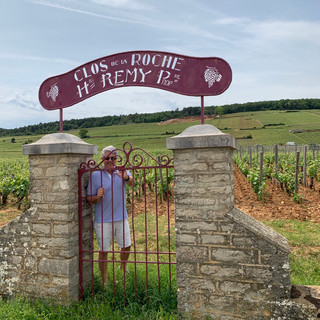










































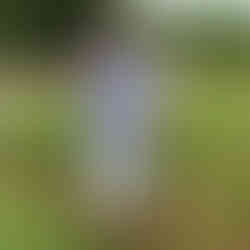

















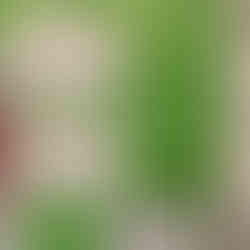


















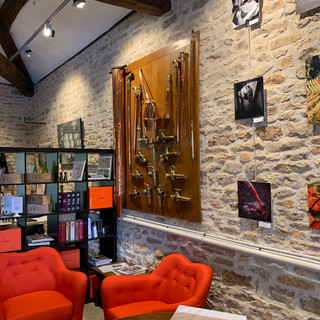

























































































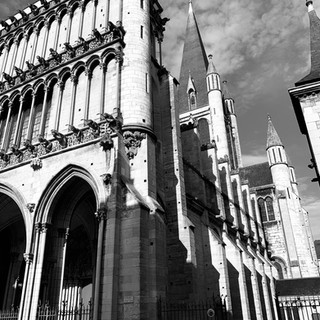


Comments